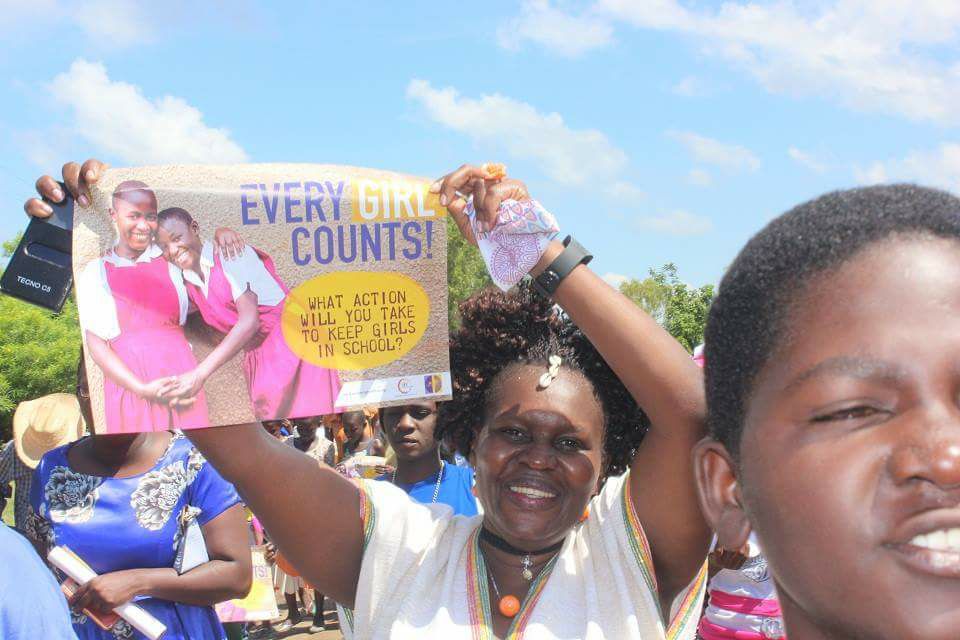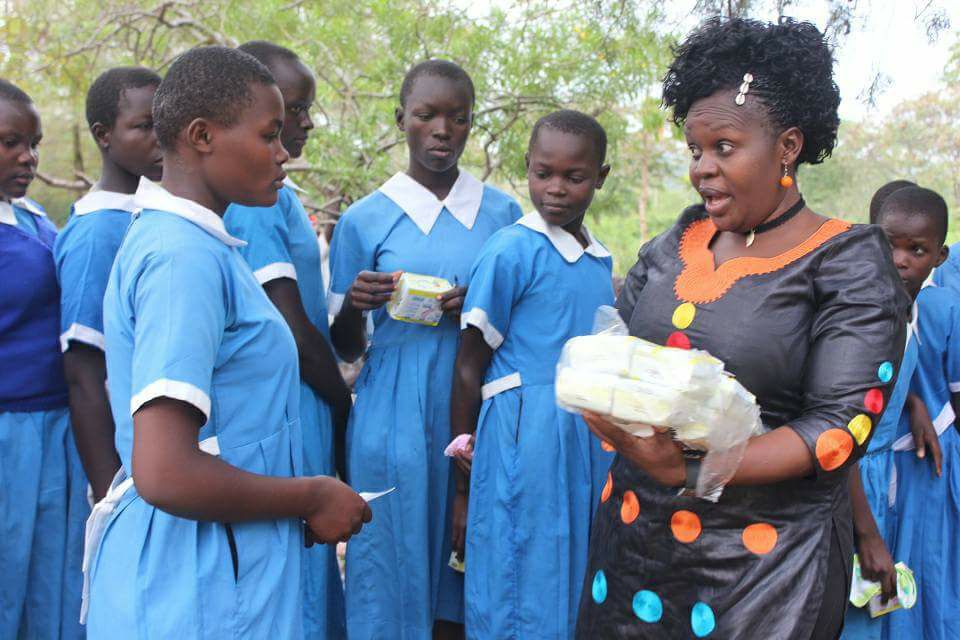Gender Gap Fellowship 2021, Sponsored By Code For Africa
- The impact of CoviD-19 is exacerbated for women and girls simply by virtue of their sex.
- There is danger of the limited gains such as postponement of the age of marriage and gender parity in schooling, made in the recent decades, being rolled back.
The Global Media Monitoring Project (GMMP 2020) preliminary result demonstrates the reality of the invisible voice of women in the world’s news media 25 years after the Fourth World Conference on Women in Beijing. In addition, GMMP 2020 observes there is a gender dimension of the news coverage around the global pandemic in spite of a rise in sexual and gender-based violence (SGBV).
More critically, the stories related to the coronavirus pandemic resulted in both health and developmental challenges in people’s lives, especially women and girls. Besides the numerous fatalities recorded across the world, there were more cases related to the socio-economic welfare of women and girls.
Notably, the pandemic increased sexual and gender-based violence (SGBV), with most cases not covered by the media. In April of 2020, The United Nations Population Fund (UNFPA) projected that there would be 31 million additional cases of gender-based violence if the lockdown continued for at least six months and a further 15 million cases for every three months of lockdown.
The situation is replicated in Kenya, with the pandemic resulting in a spike in sexual and gender-based violence. The National Council on Population and Development (NCPD, 2020) report shows that two out of five teenagers in Kenya are either young mothers or pregnant. Data from Kenya Health Information System Survey also indicate that cases of sexual abuse on teenage girls who have been raped and impregnated between January and May 2020 in all counties stand at 151,433.
However, these numbers only capture the reported cases in health centers. Therefore, some cases of pregnant girls have gone unreported because the victims failed to visit health centers. By all measures, these numbers are high and have been exacerbated by the economic repercussions of the Covid-19 mitigation measures, which have increased stress, uncertainty, and fear among people. Furthermore, the closure of schools and limited mobility accelerated these cases.
GMMP 2020 preliminary findings go further to elucidate details of victims of gender-based violence. Among the victims of domestic violence, females accounted for 13%, while males stood at 5%. On the victim of non-domestic sexual violence, the data puts females at 9% while males are at 2%. This is a clear indication that females are more vulnerable and susceptible to sexual and gender-based violence.
For instance, 38-year-old *Jane Awilo says her teenage daughter was targeted and impregnated by a 24-year-old man during the pandemic triggered school closure period.
“One day I sat my daughter down and interrogated her,” Awilo said. “She started to explain how the man would come into the house during Covid-19 lockdown while I am away, give her 50 Kenya shillings (US$ 0.50), and take her to an incomplete building near our place.”
Also, in May 2020, *Doreen Kibiso through her social media, reached out seeking help after allegedly being raped by a police officer who was on duty in one of the Counties in Kenya. The matter is still ongoing in a court of law. This also confirms that the Internet appears to increase space for women’s voices. Some people find a safe space to air their grievances through the media and seek justice; therefore, the media has a responsibility to bring out cases of SGBV, and where possible highlight the methods that are helping assuage the SGBV scourge.
This is well supported by the GMMP 2020 report, which highlights the statistics about the media. The proportion of women subjects and sources is at the 30% threshold in Covid-19-related news on television. It seems that the meteoric rise in television viewership ratings in many countries during the pandemic has brought with it the new importance of television as a space for women’s visibility on issues relevant to the pandemic. On radio, the gender gap in subjects and sources in Covid19-related news is markedly narrower than GMMP patterns until 2015
In Kenya, from 2011 to 2015, the digital migration expanded media coverage by increasing the population covered by television broadcasting from 55% to 66%, the number of television broadcasters from 14 to 65, and the number of broadcasters reaching multiple cities from 5 to 22. Although radio and television remain the most commonly used media platforms by Kenyans, there is a steady increase in the use of online news sources, read by 30% of Kenyans (Reelforge & Tifa 2019). However, the reporting on the impact of covid-19 targeting SGBV in Kenya media platforms is minimal compared to non-covid stories like political news.
GMMP 2020 also points out that non-Covid-19 stories are more likely to challenge gender stereotypes than stories related to the pandemic. On Twitter, 3% of tweets about non-Covid-19 issues are likely to challenge gender stereotypes, but this probability falls in tweets related to the novel coronavirus. The Kenya Twitter trends are not far from the GMMP 2020 findings. Most of the trends are on political and male domination. But when you follow specific tweets, you get more information even though they are hardly among the top trends.
In the same breath, the Department of Gender and Social Affairs in Kenya introduced a national helpline where SGBV cases could be reported. The National helpline reported a more than 10-fold increase in calls with 1,108 calls in June compared to 86 in February. Many reported child defilements. Furthermore, the pandemic is deepening pre-existing inequalities, exposing vulnerabilities in social and economic systems and health. The impact of CoviD-19 is exacerbated for women and girls simply by virtue of their sex. There is danger of the limited gains such as postponement of the age of marriage and gender parity in schooling, made in the recent decades, being rolled back.
In conclusion, more emphasis still needs to be put on SGBV media coverage targeting women, especially during the ongoing pandemic. In addition, the frequency of article publication and the diversity of news sources should be examined as there is an influence on heightened stories and actions taken regarding justice as well as creative ways of preventing the occurrence of SGBV in the first place.
*Not her real name



The tragedy of Covid-19 has exposed our soft underbelly – the lack of self-control and restraint. The foregoing tales of childhood pregnancies resulting from rape and defilement paint a picture of a sick society. This can change only if we change.
This change begins with visualization. We must begin seeing our societies as they could be. Let us see our children as they should be. And let us image safety, security and a future full of promise as such future can be.
The major areas that we can focus our visualization on are:
- It takes a village to raise a child
- My neighbor’s child is as good as my child
- I am my sister’s keeper; I am my brother’s minder
- It takes strong men to guarantee strong women
It takes a village to raise a child. Societal responsibility is part of an age-old social construct in African societies. When we visualize a setting where everyone is willing to correct and protect every child, the widespread responsibility is certain to assure safety of all children, more so, for girls.
My neighbor’s child is as good as my child. I dream of a society, an Africa, where every man can look in the eyes of any girl and see the reflection of his own daughter, and every woman can see her own son in the struggle of a village boy. When we see our own in the lives of others we can empathize and if we can empathize, we can create a future of great promise
I am my sister’s keeper; I am my brother’s minder. How should one chase a thousand, and two put ten thousand to flight, …..? Deuteronomy 32:30 KJV. This Bible verse captures the power of teams and alliances in the most succinct of ways. When united behind a purpose, when we have one another’s back, we build an incredibly powerful and awe-inspiring community.
It takes strong men to guarantee strong women. The process of empowering women and girls should not be seen as a gender contest where women seek to emasculate men, but rather to create communities of respect and decency. Men who are strong in character, are the strong men I refer to in this case. Such strong men are happy. And happy people are never wicked.
In sum, our imagination in visualizing a safe community, developing plans that empower and inspire us and having one another’s back as exemplified by a group of youth Evans and Minds of Service – EMOS in Mathare, Nairobi, we will create safe and secure communities for women and girls.
